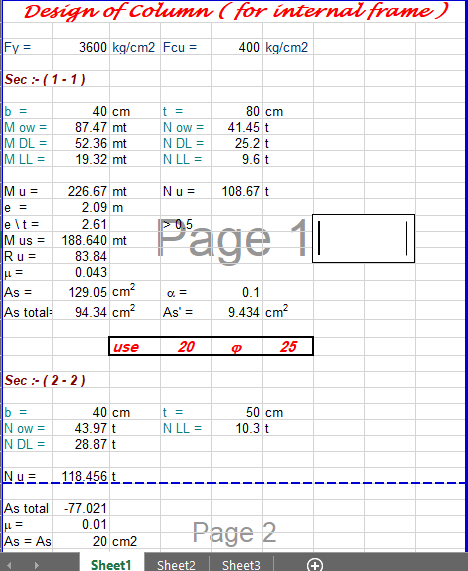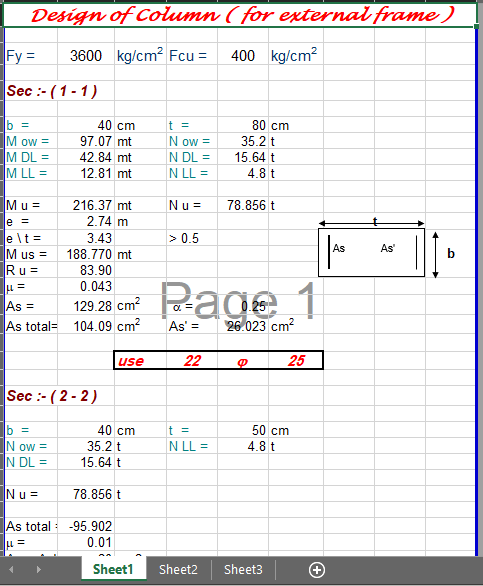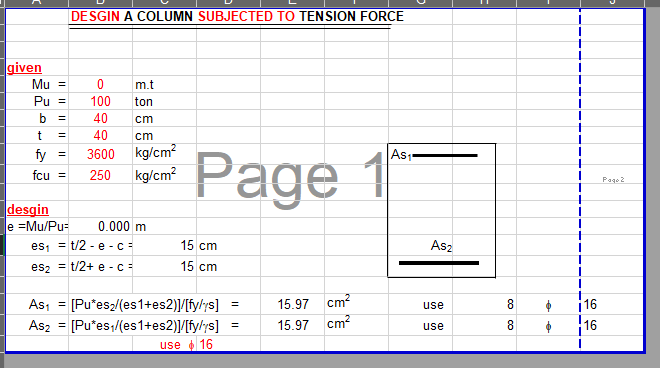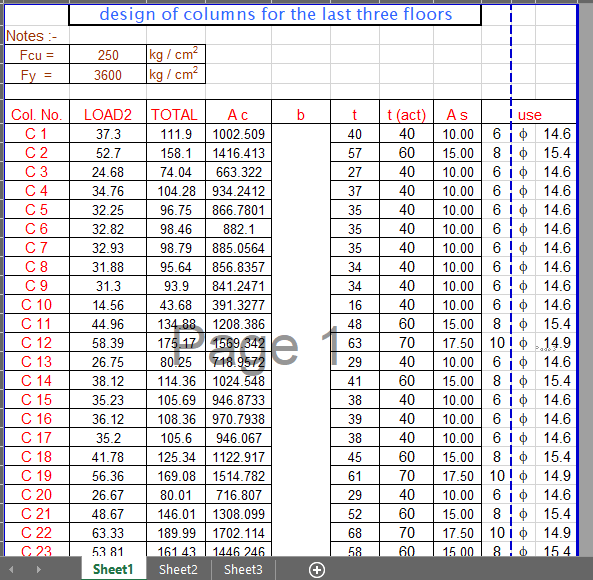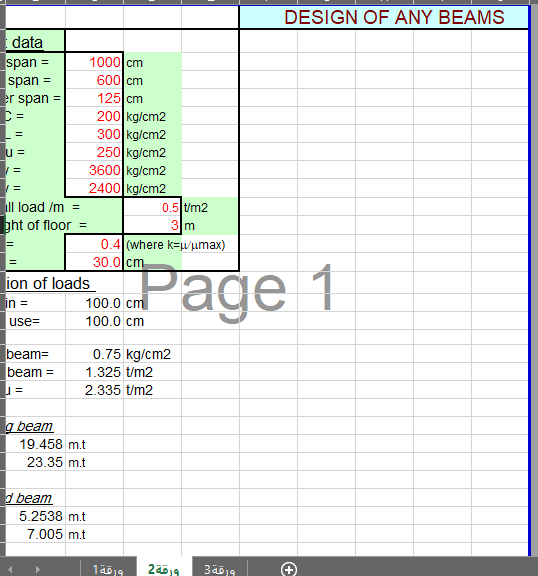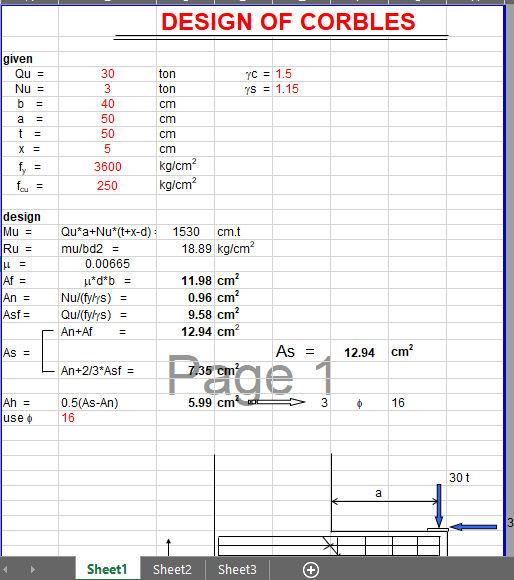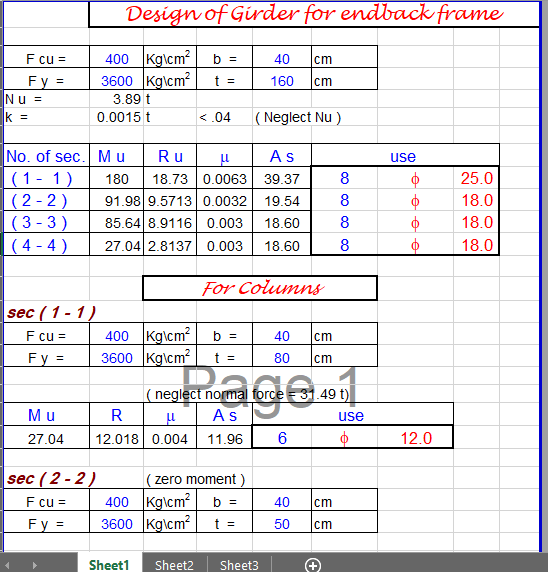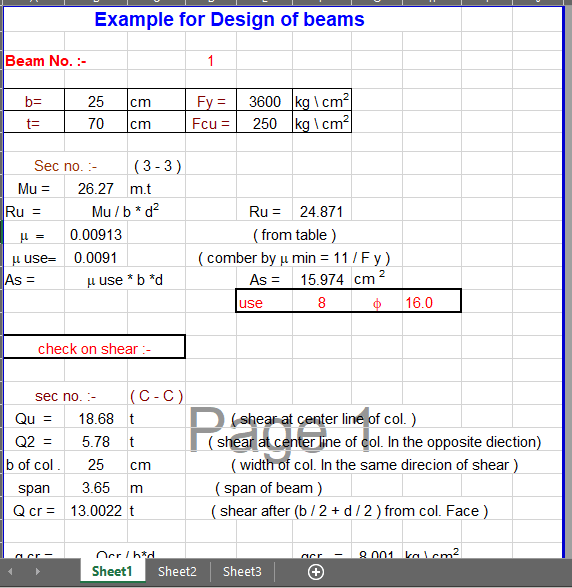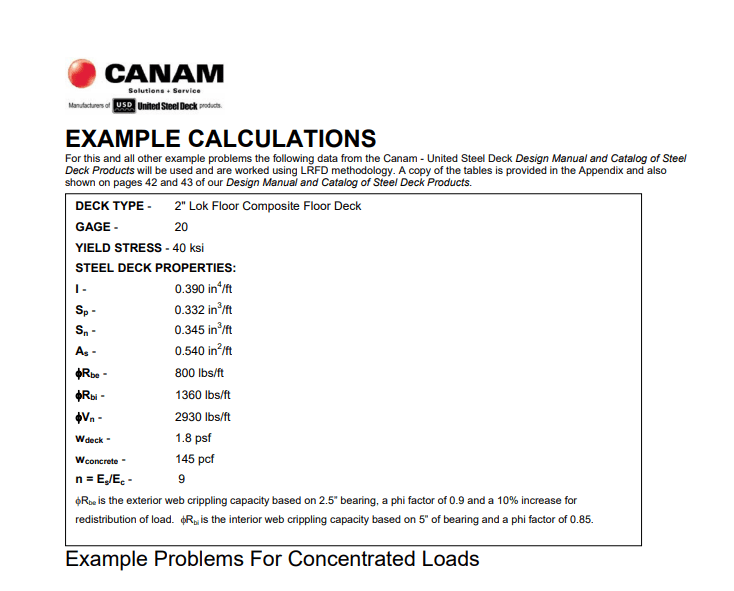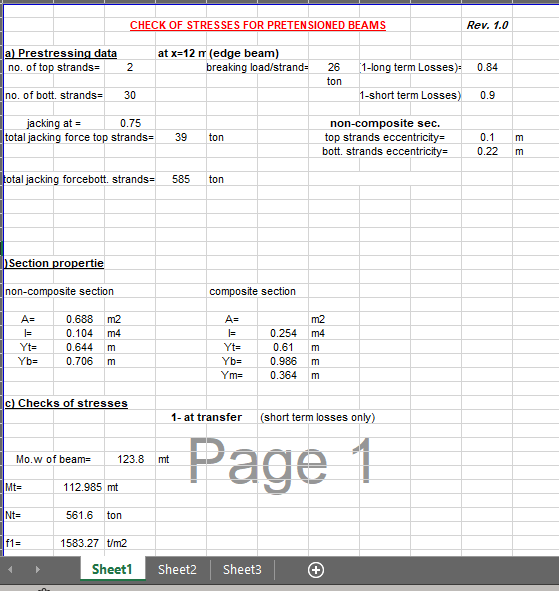Design of Isolating Intermediate footing
Designing an isolating intermediate footing involves creating a foundation that provides support and isolates the loads of an individual column or set of columns from the adjacent footings or structures. This type of footing is commonly used when there is a need to prevent the transfer of loads or to address differential settlements between columns. […]
Design of Isolating Intermediate footing Read More »




